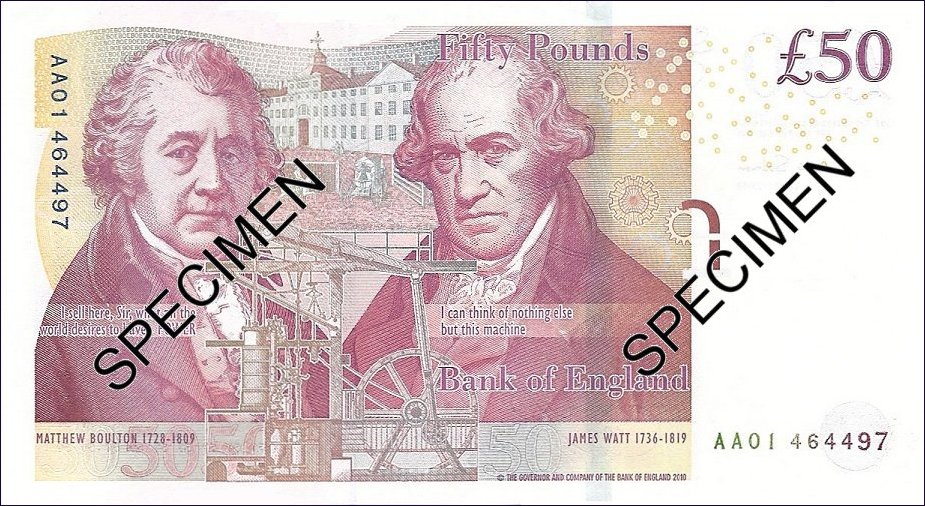As part of a regular series to help retailers negotiate pitfalls and make the most of new sales opportunities, RN offers advice on telling counterfeit currency from the genuine article. Look for security features Along with the watermark and the unique feel of the paper, two elements make genuine currency easy to distinguish from fakes. […]
Join the CLUB to continue reading this story
Club Members have unlimited access to all articles and a whole lot more to elevate your store.or
Register for free and receive the latest news and views to your inbox every week





Comments
This article doesn't have any comments yet, be the first!